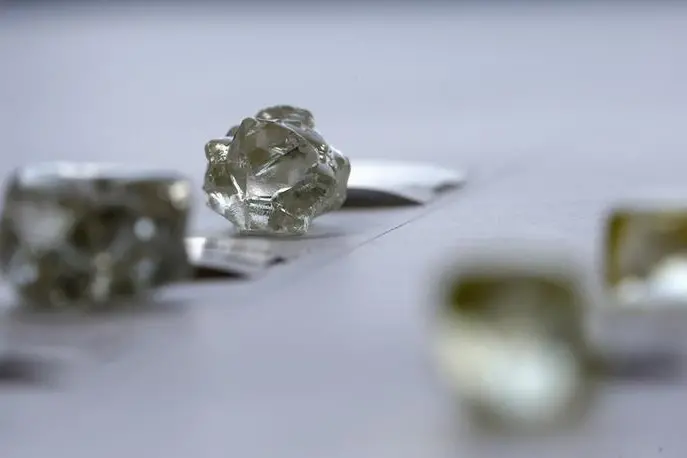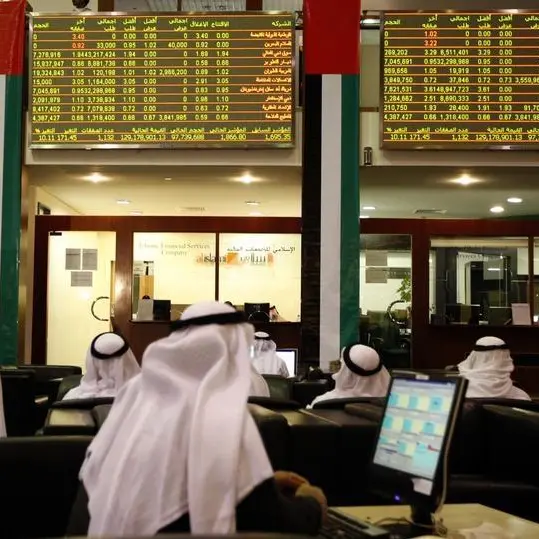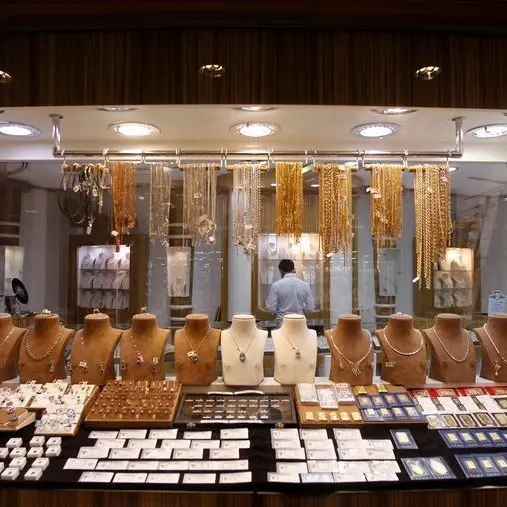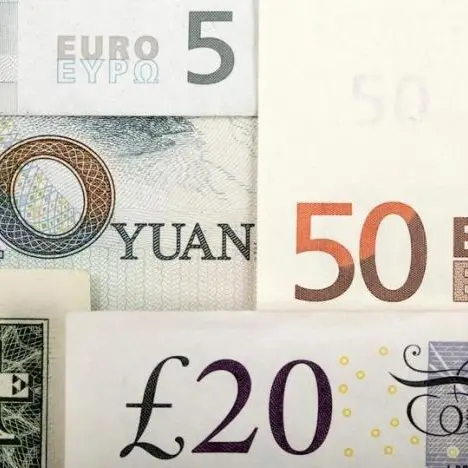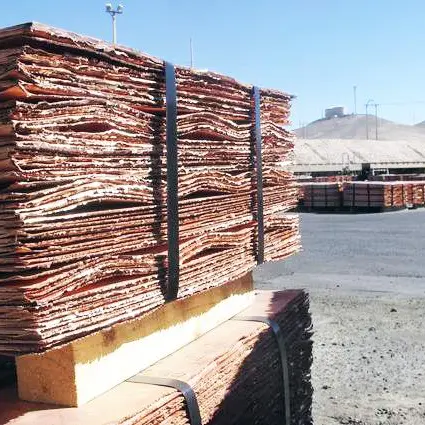PHOTO
(The author is a Reuters Breakingviews columnist. The opinions expressed are his own.)
LONDON - De Beers’ diamond emporium is losing its sparkle. Even before the coronavirus, the 132-year-old firm, owned 85% by miner Anglo American and 15% by the Botswana government, was feeling the heat. Movement restrictions created by Covid-19 may be sowing the seeds of further discomfort.
In its heyday De Beers, founded by British imperialist Cecil Rhodes, controlled 80% of global diamond supply. The growth of Russia’s $7 billion state-run Alrosa ALRS.MM , which mined 45 million carats last year against De Beers’ 31 million, means it now controls only a third. Man-made stones at the cheaper end of the jewellery market present a second challenge.
Covid-19 has now created a third. Besides whacking demand and closing mines, lockdowns meant approved buyers, or sightholders, were unable to travel to sales in Botswana, where three quarters of De Beers’ diamonds are mined. In the first half of 2020, De Beers generated just $2 million of EBITDA compared to $518 million a year ago.
Some of its historic advantage stems from the lack of transparency associated with in-person sales, known as sights. Sightholders were offered prearranged boxes of diamonds, some large and high-value, others less so. With limits on what they could reject if they wanted access to future sights, buyers were forced to accept the risk of dealing with the dross. In good times, such stones could be sold on; in bad times, buyers were stuck with them.
With demand upended, De Beers has had to arrange sights in other locations and let buyers get pickier. More resilient sales processes are also coming into vogue. The state-owned Okavango Diamond Company has been selling 15% of Botswana’s diamonds via open online auction since 2013. Gaborone, which operates a 50-50 domestic joint venture with De Beers, wants that share to increase.
De Beers’ trump card is that Botswana’s rough diamonds remain the best friend of high-end jewellers, commanding a big premium. They fetched $145 per carat last year, compared to $91 from Russia and just $12 from Australia, another big producer. Yet its owners have a problem. In 2018, Jefferies was valuing the unlisted unit at 8 times EBITDA, around $10 billion. That year’s 20% EBITDA margin already fell to 12% in 2019 and will be worse this year. Investors may soon have to take a red pen to Anglo’s $34 billion valuation too.
CONTEXT NEWS
- Diamond mining giant De Beers said on July 30 it would probably have to cut jobs as part of an overhaul triggered by a collapse in jewellery demand due to the coronavirus.
- The company, a unit of diversified miner Anglo American, reported EBITDA of just $2 million for the first six months of 2020, compared to $518 million for the same period in 2019.
- Rough diamond exports from Botswana, the source of 70% of De Beers’ diamonds, fell by two thirds in the three months to the end of June, the central bank said on Aug. 7.
- Russian diamond producer Alrosa cut prices for its gems by an undisclosed amount following a 10% reduction by De Beers, Bloomberg reported on Aug. 27.
(The author is a Reuters Breakingviews columnist. The opinions expressed are his own.)
(Editing by George Hay and Karen Kwok) ((ed.cropley@thomsonreuters.com; Reuters Messaging: ed.cropley.thomsonreuters.com@reuters.net))
